To Where Should Cloud-Network Integration go? SDS and Experts Discussed the Future of New IT Revolution
2018-10-30
In about 10 years, the Cloud computing has already made the long journey from the stage of building popularity to the stage of maturity and started seeing its application in different industries. Such a fast development gave a powerful pulling to the upgrading of traditional networks. Since then, the boundary between Cloud and network blurred and the two started melting into each other. On October 13th, 2018, in the 12th SUVAS held by SDS, experts from relevant industries had a Roundtable discussion on the future of Cloud-network integration. Mr. Bao Kai, the Vice GM of SDS Marketing & Sales Department presided at the discussion.
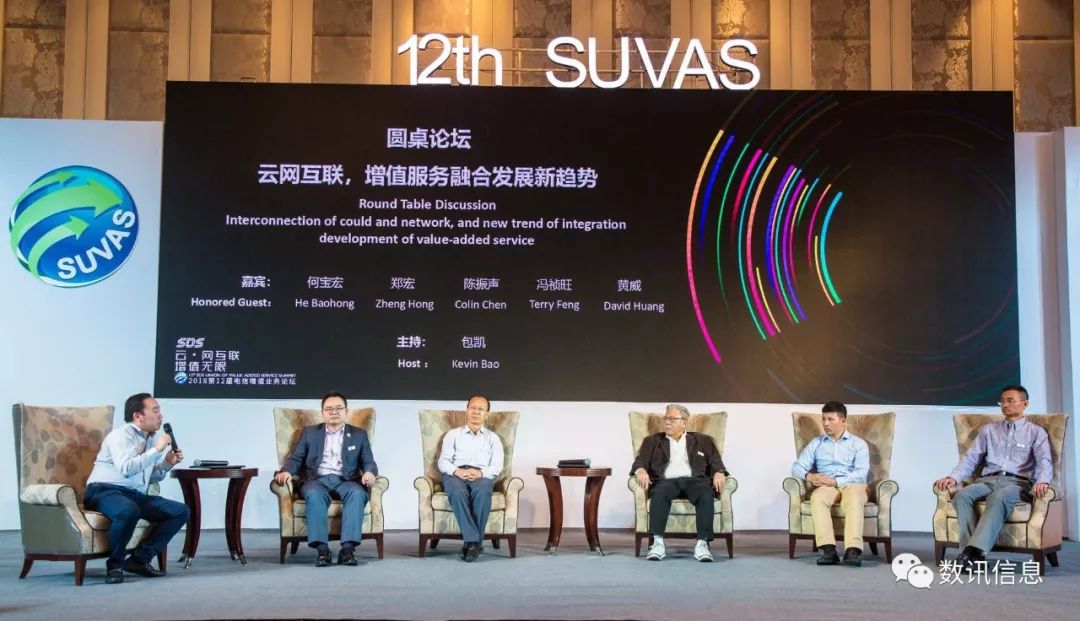
Multi-Cloud Interconnection and Restructured Network to Offer More Convenience, by Mr. He Baohong, the Director of CAICT Cloud Computing & Big Data Research Institute

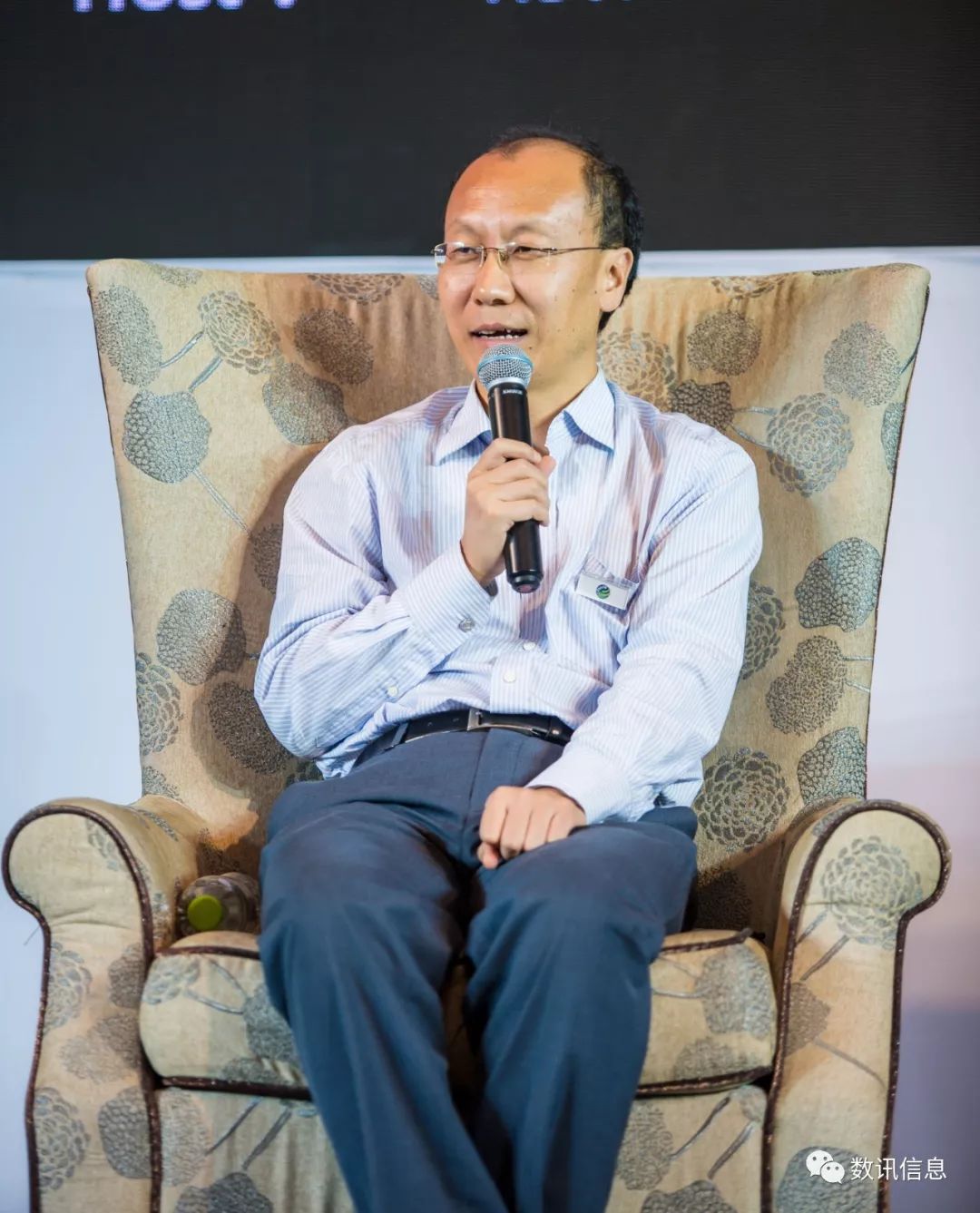
Mr. He Baohong, the Director of CAICT Cloud Computing & Big Data Research Institute
The era of multi-Cloud has already come. The interconnection of and coordinated operation between different data centers have become an immediate challenge.
Mr. He Baohong pointed out, “The integration of Cloud and network has already become very obvious. In the past, the data centers are like islands isolated from each other. But in the era of Cloud, a Cloud operator needs to connect its data centers located in different places together and weave them into a network. When the time of multi-Cloud comes, different Cloud service providers also need to connect their Clouds together. This gives great importance to the coordinating of Cloud and network. So, the next step to take will be to rebuild a network centering on data centers.”
From IaaS to ITaaS, Enterprises Turns to Overall Solutions Offering Greater Convenience
Currently, there are three kinds of Cloud computing service modes known to the world, i.e. IaaS, PaaS and SaaS. But with the trend of integration in view, the next development stage that Cloud service would take is probably ITaaS, i.e. IT As a Service.
Mr. He Hongbao indicated that the Cloud-Network Integration would definitely continue developing and, eventually, lead to overall solutions that give users the experience of using them as easy as using tap-water or electric power, instead of a mere integration of Clouds and networks.
Operators Should Stay Focusing on Advantage Fields, by Mr. Zheng Hong, Secretary-General of CIIA Big Data Branch

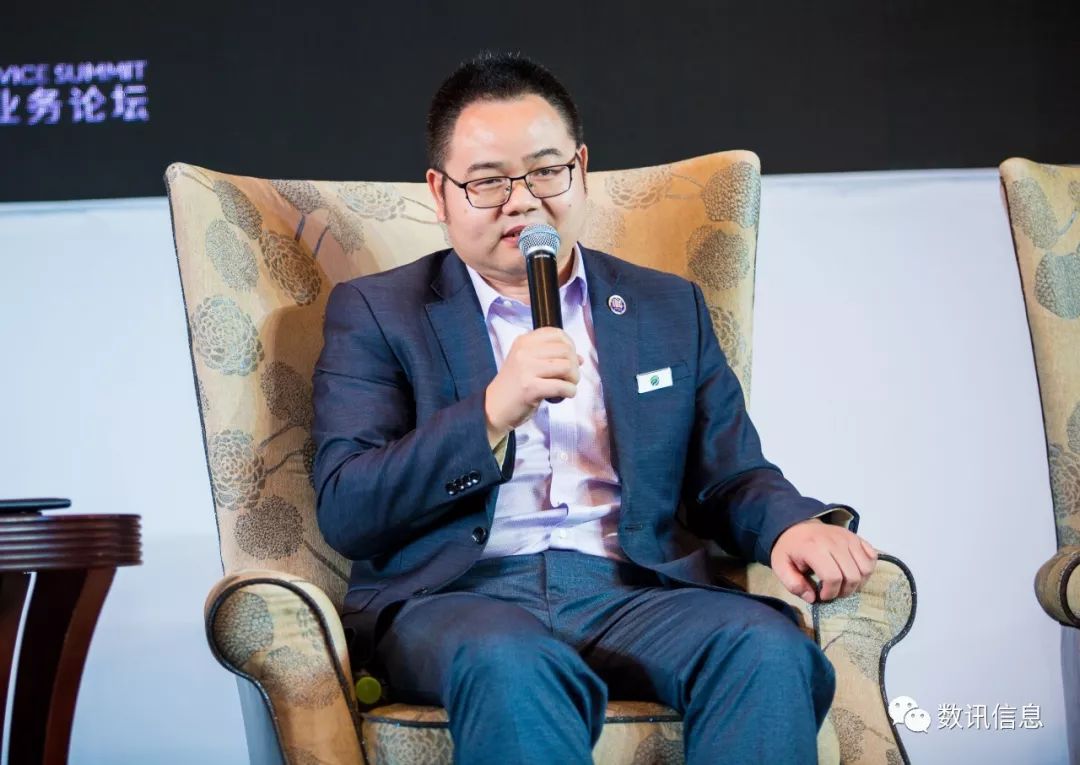
Mr. Zheng Hong, Secretary-General of CIIA Big Data Branch
Mr. Zheng Hong expressed his confidence in future, saying “The DOIT is trying to bring Cloud operators together to discuss the possibility of setting up a big and really Cloud-network integrated network. Indeed, the traditional data center industry is under the pressure for change. But new opportunities keep emerging. As long as they could keep on making breakthroughs in their advantage fields and stride over the threshold, they will definitely enjoy a bright future.”
Provide Consultative Proposals and Promote Enterprise to Go Cloud, by Mr. Chen Zhensheng, GM of Rackspace Asia-Pacific Region

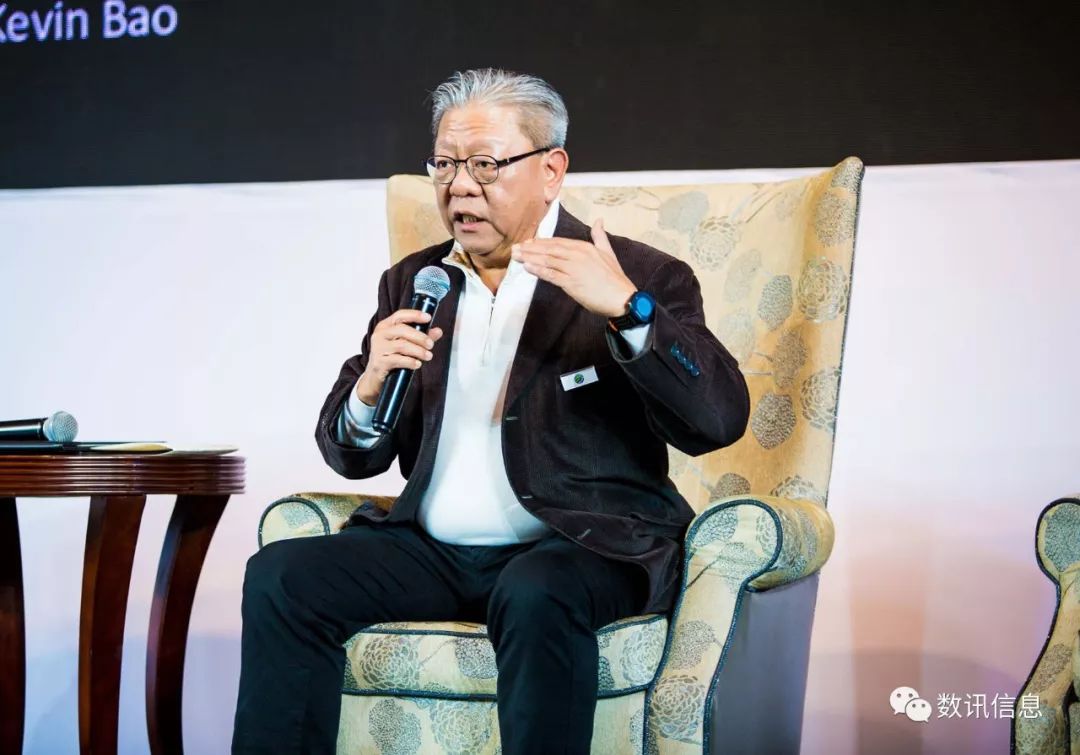
Mr. Chen Zhensheng, GM of Rackspace Asia-Pacific Region
Mr. Chen Zhensheng introduced that the ITaaS had been one of the hottest topics in USA in recent years. But still, it is merely centered on providing infrastructure and platform, which could only solve a part of users’ problems. What a user really expects is a solution that is developed around real business needs or, in other words, a tailored solution most nicely fitting its current condition. Simply put, users expect the delivery of IT as a service.
There is no doubt that this actually put higher requirement on the capacity of Cloud service providers. Then Mr. Chen gave an example about how a Cloud migration project was done for a Singapore customer. Actually, it took only two months for him to complete the whole process from implementation to turnover. But it took him six months to do the preliminary project planning.
Mr. Chen said, “It is because we need to have a really insightful understanding over the customer’s needs and, from the point of a professional consultant, deliver some real help for the user to achieve its Cloud transformation.”
Cloud Service Industry Needs to Improve Internal Cooperation, by Mr. Feng Zhenwang, CEO and founder of TYUN


Mr. Feng Zhenwang, CEO and founder of TYUN
Mr. Feng Zhenwang agreed, “We are expected to stand in the shoes of our users and think what they really need, instead of thinking what we want to sell them from the standpoint of resource providers, and then, on the basis of that, start to integrate resources and recommend proposals.”
Then, Mr. Feng added that only those contractors who are really thoughtful for customers deserve more supports and resources. In an ideal state, both sides could work together for the success of the project and the business and eventually let each other benefit from it.
Create a Cloud-Network Ecosystem and Win the Future Together, by Mr. Huang Wei, Vice GM of SDS

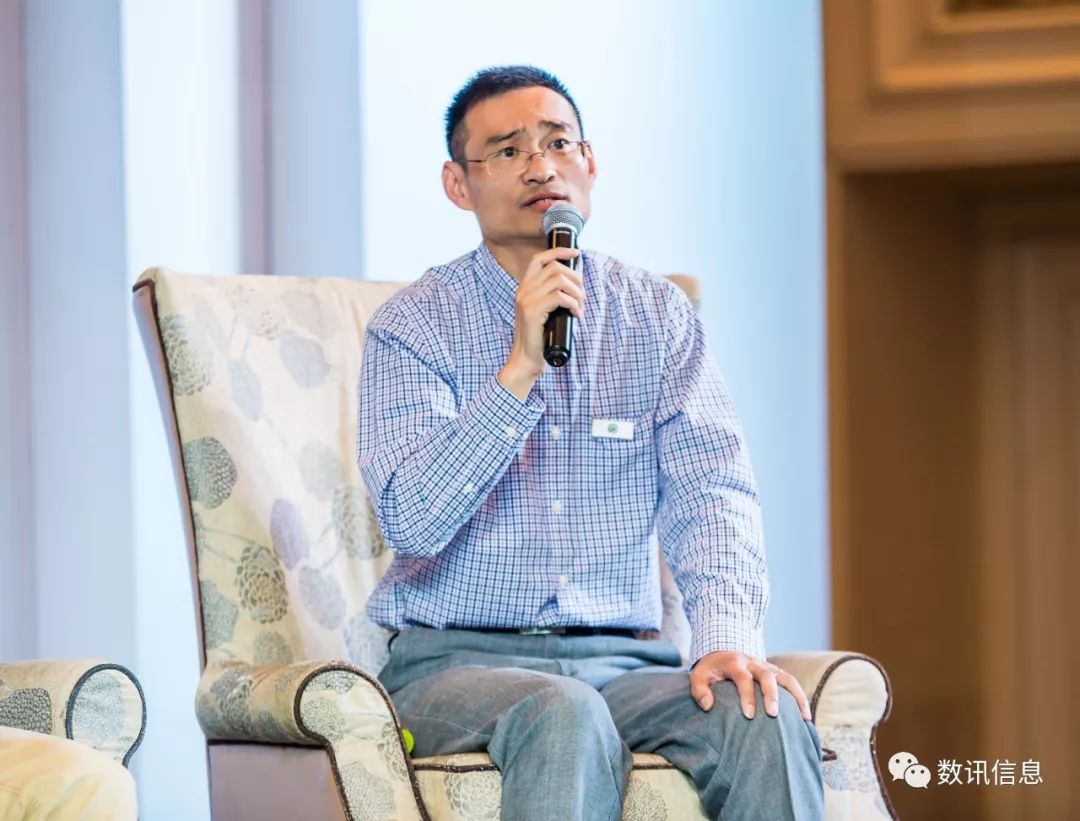
Mr. Huang Wei, Vice President of SDS
Mr. Huang Wei, the Vice President of SDS, also took part in the discussion. In conclusion, he said, “Over the past ten years, from network to data center and to Cloud, along with the development of the industry, SDS has gone through many times of transformations. But our growth is always centered on customer needs. In the future, SDS will continue sticking to the guideline of ‘put customer in the first place’ and improving our service capacity.”
Currently, SDS is actively developing a Cloud-network integration framework that could meet diversified needs of different industries. As for private Cloud, SDS has already launched the SDS Cloud platform, the Openstack-based VDC2.0 platform, as well as the Hosted Private Cloud in cooperation with Rackspace. As for public Cloud, SDS has established a solid cooperative relation with Amazon’s AWS, Microsoft’s Azure, and Ali Cloud. Now, SDS is the cooperative partner of AWS’s APN business and ready to provide AWS DX direct connection services.
Integrated Cloud and network requires integrated ecosystem. Mr. Huang stressed that the original intention of this telecom value-added service summit was to promote the industrial cooperation to upgrade the Cloud-network ecosystem and, subsequently, provide enterprise users with a really all-inclusive Cloud-network integration service experience.
With the SUVAS in place, parties in the marketplace now have a good platform to consolidate resources, strengthen cooperation, promote technical and service exchanges, and eventually boost the progress of the entire industry. It is expected that in future software service providers could also be introduced into this platform and a bigger union could be established to help all parties to make better use of their strengths and power, offer customers with better solutions, and deliver IT services in the way of delivering tap-water, electric power and gas.
“Cloud-network Integration for Unlimited Value Addition” is the beautiful vision that SDS put up in the SUVAS. In a time when the Cloud-network integration has already become an unstoppable trend, the only way to achieve greater core value is through a proactive move to capture opportunities. It’s believed that with active actions, greater opening and wider cooperation, we will achieve in the end a win-win situation for all parties and a greater development of the Cloud-network integration.

 中文
中文




